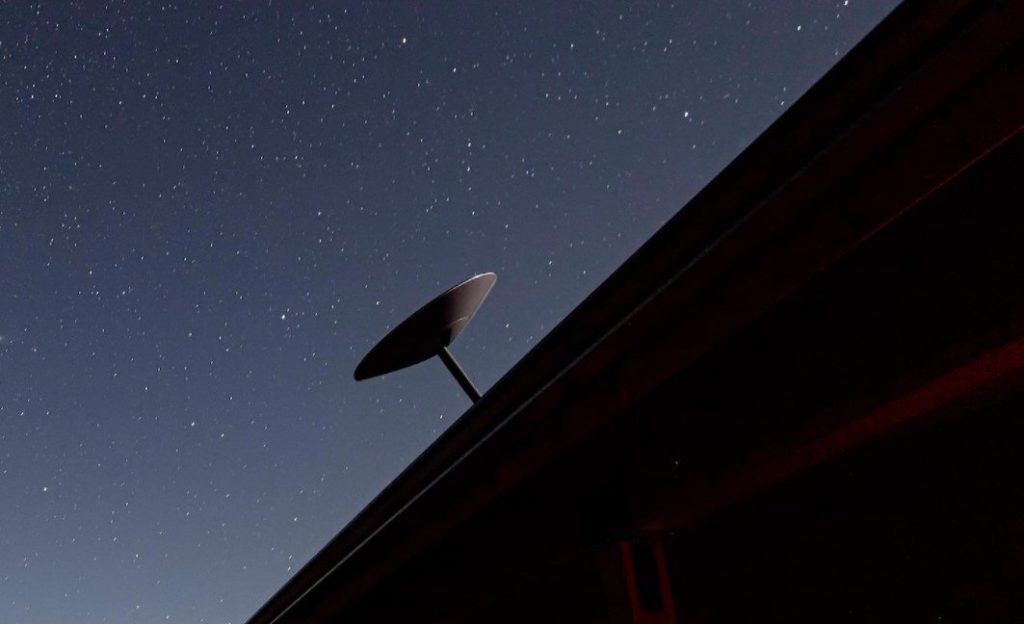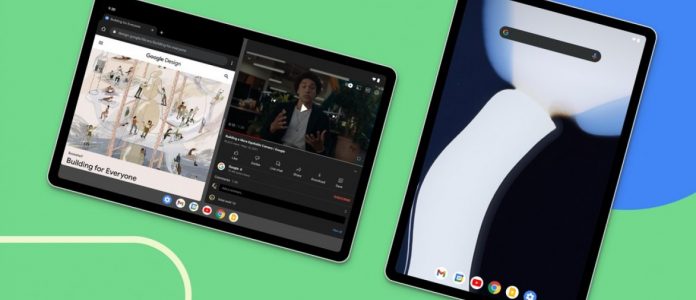T-Mobile and SpaceX announced a partnership last week that will enable smartphones to connect directly to satellites. As a result of using an existing band in the PCS spectrum, it will be supported by upcoming Starlink V2 satellites.
Hiroshi Lockheimer, Google SVP for Platforms & Ecosystems, announced on Twitter that the company is developing satellite communication support for Android 14. It’s not yet clear what software updates will be needed (i.e. will Android 13 phones be able to use the satellite network, or will Android 14 be required?).

In late 2023, around the time Android 14 is expected to be released, T-Mobile and SpaceX are expected to begin beta testing the new satellite. While the service initially covers the US, it is planned to expand to the rest of the world.
Although it will be slow – 2 to 4Mbps per cellular zone – it will be enough to handle hundreds of thousands of text messages. In addition to SMS, MMS will also be supported, as well as “participating messaging apps”. In the future, voice and mobile data services will be available (how useful this service will be in terms of general Internet browsing remains to be seen), but it should have enough bandwidth for 1-2,000 voice calls.
As for Android Beam, it will finally be axed in Android 14. Android 10 deprecated this feature, but Android makers that still wanted to use it could still use it for a few more years. Android version 14 will fully remove it. Nearby Share is Google’s replacement for Nearby.
Due to its non-AOSP status, it has no built-in incentive for Android makers to use it. There is an alternative local data transfer solution designed by the Mutual Transfer Alliance, which includes the biggest Android brands.




